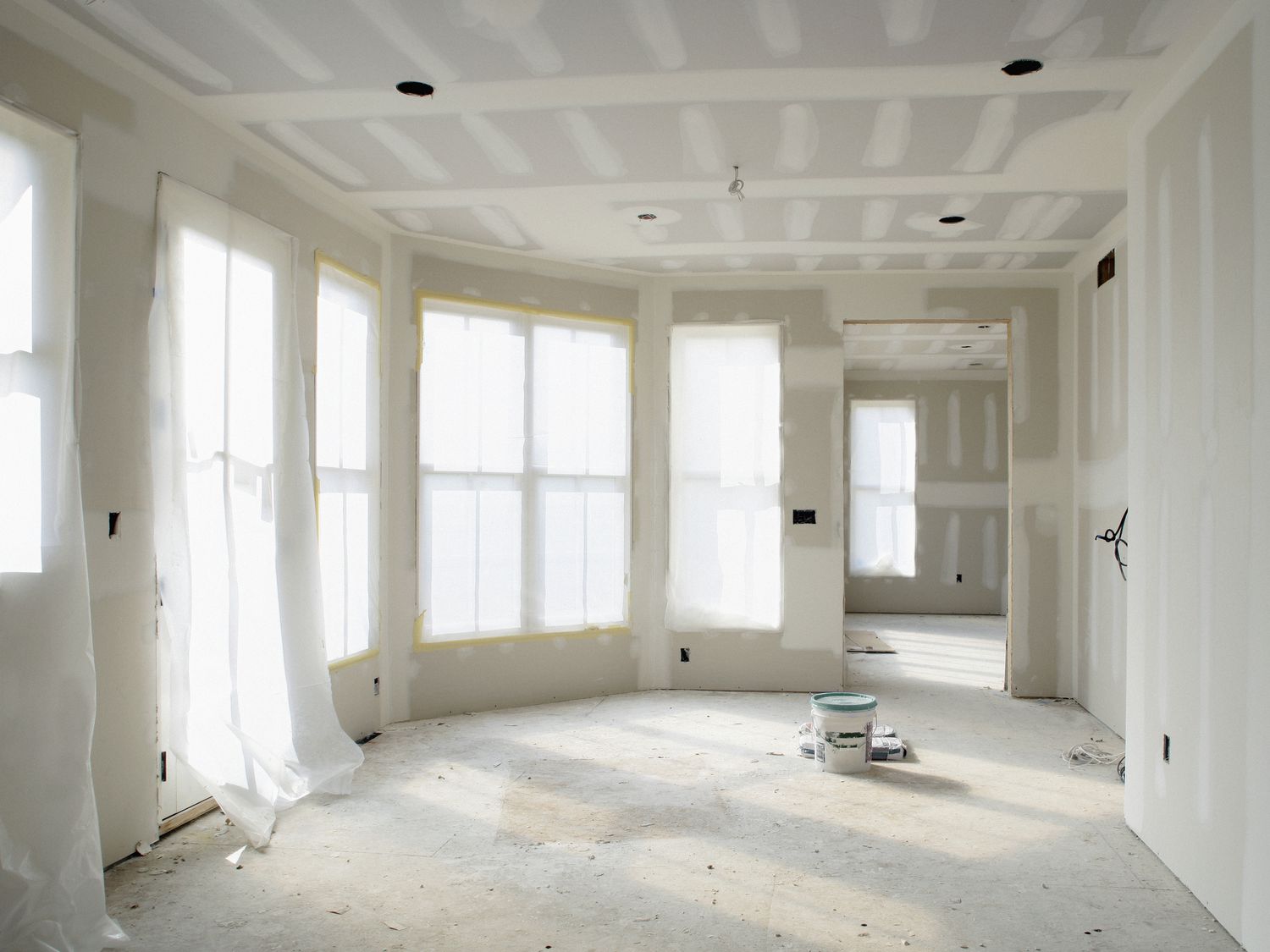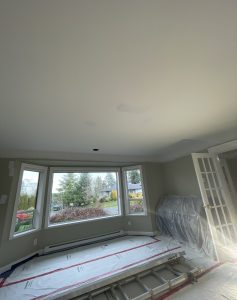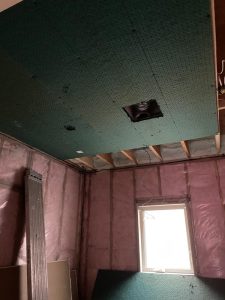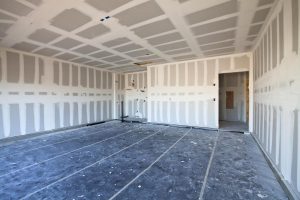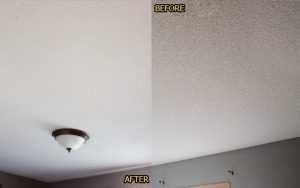Quality control is crucial in drywall installation, ensuring the final product meets client expectations and industry standards. Effective quality control enhances the longevity of installations, minimizes costly repairs, and maintains a company’s reputation. This guide provides professional tips to ensure high-quality drywall installation from start to finish.
Pre-Installation Quality Control
1. Material Selection
The foundation of a quality drywall installation begins with selecting the right materials. Different projects may require specific types of drywall, such as moisture-resistant drywall for bathrooms or fire-resistant drywall for kitchens and commercial spaces.
- Types of Drywall: Understand the various types available, including standard, moisture-resistant, fire-resistant, soundproof, and mold-resistant drywall. Choose according to the specific needs of the project.
- Material Inspection: Always inspect materials upon delivery for any signs of damage or defects. Store drywall sheets in a dry, flat area to prevent warping or moisture damage.
2. Project Planning
A well-planned project is less likely to encounter issues during execution. Proper planning involves detailed assessments and preparation.
- Site Assessment: Conduct a thorough site assessment to identify potential challenges, such as uneven walls, structural issues, or areas prone to moisture.
- Building Codes: Familiarize yourself with local building codes and regulations to ensure compliance. This includes understanding requirements for fire ratings, moisture barriers, and soundproofing.
- Timeline Management: Create a detailed timeline that includes all phases of the project, from material delivery to final inspection. Ensure all team members are aware of their responsibilities and deadlines.
During Installation Quality Control
3. Professional Training
Continuous training and education are essential for maintaining high standards in drywall installation.
- Skill Development: Invest in regular training sessions for your team to keep them updated on the latest installation techniques, tools, and safety protocols.
- Certification: Encourage installers to obtain certifications from recognized bodies. Certification programs ensure a high level of competence and knowledge.
4. Proper Use of Tools and Equipment
The right tools, when used correctly, can significantly impact the quality of the installation.
- Tool Maintenance: Regularly maintain and calibrate tools to ensure precision. For example, automatic taping tools must be cleaned and serviced to function correctly.
- Choosing the Right Tools: Use specialized tools for specific tasks, such as corner trowels for inside corners, sanding tools for smooth finishes, and utility knives for clean cuts.
5. Installation Best Practices
Adhering to best practices during installation is critical for achieving a high-quality finish.
- Accurate Measurement and Cutting: Measure twice, cut once. Ensure drywall sheets are cut accurately to fit the space with minimal gaps. Use a T-square for precise cuts.
- Panel Alignment: Align drywall panels properly on studs, ensuring edges meet at the center of studs for a secure fit. Use a drywall lift to position panels on ceilings accurately.
- Fastener Placement: Use the appropriate type and length of fasteners, and ensure they are installed at the correct depth. Fasteners should be driven just below the surface without breaking the paper face.
6. Joint Treatment
Joint treatment is where many drywall installations fail. Proper technique is crucial for a smooth finish.
- Joint Compound Application: Apply joint compound in thin, even layers, and allow adequate drying time between coats. Typically, three coats are necessary: a base coat, a fill coat, and a finish coat.
- Taping: Use high-quality drywall tape and embed it into the joint compound without creating air bubbles. Paper tape is preferred for its strength, but mesh tape can be used for convenience in smaller repairs.
- Sanding: Sand joints smoothly using a sanding sponge or pole sander. Ensure the surface is even and free of ridges. Use a dust mask and goggles to protect yourself from dust.
Post-Installation Quality Control
7. Inspection and Testing
A thorough inspection can identify flaws that need correction before project completion.
- Visual Inspection: Inspect the drywall surface under different lighting conditions to detect imperfections such as bubbles, cracks, or uneven joints.
- Flatness Testing: Use a straightedge to check for flatness across the entire surface. Uneven surfaces may require additional sanding or a skim coat of joint compound.
8. Addressing Defects
Promptly addressing defects ensures the final product meets quality standards.
- Common Defects: Identify and repair common defects such as nail pops, cracks, and uneven joints. For nail pops, drive the screw deeper into the stud and apply joint compound over it.
- Punch List Process: Implement a punch list process where a final walkthrough identifies any remaining issues. Address each item systematically to ensure a flawless finish.
Client Communication
9. Managing Client Expectations
Clear communication with clients can prevent misunderstandings and ensure satisfaction.
- Setting Expectations: Discuss the installation process, potential challenges, and the expected timeline with clients. Provide updates throughout the project to keep them informed.
- Maintenance Tips: Educate clients on how to maintain their drywall, such as avoiding heavy impacts and addressing moisture issues promptly to prevent mold growth.
10. Feedback and Continuous Improvement
Feedback is invaluable for continuous improvement and client satisfaction.
- Encouraging Feedback: After project completion, request feedback from clients to understand their experience and identify areas for improvement.
- Process Review: Regularly review and update quality control processes based on feedback and new industry standards. Stay informed about advancements in drywall materials and techniques.
Conclusion
The Role of Quality Control in Building Reputation
Consistent quality control not only ensures high-quality installations but also builds your business reputation. Satisfied clients are more likely to recommend your services and become repeat customers.
Continuous Learning and Adaptation
The drywall industry evolves with new materials, tools, and techniques. Stay updated and continuously adapt your quality control processes to maintain high standards and deliver exceptional results.

